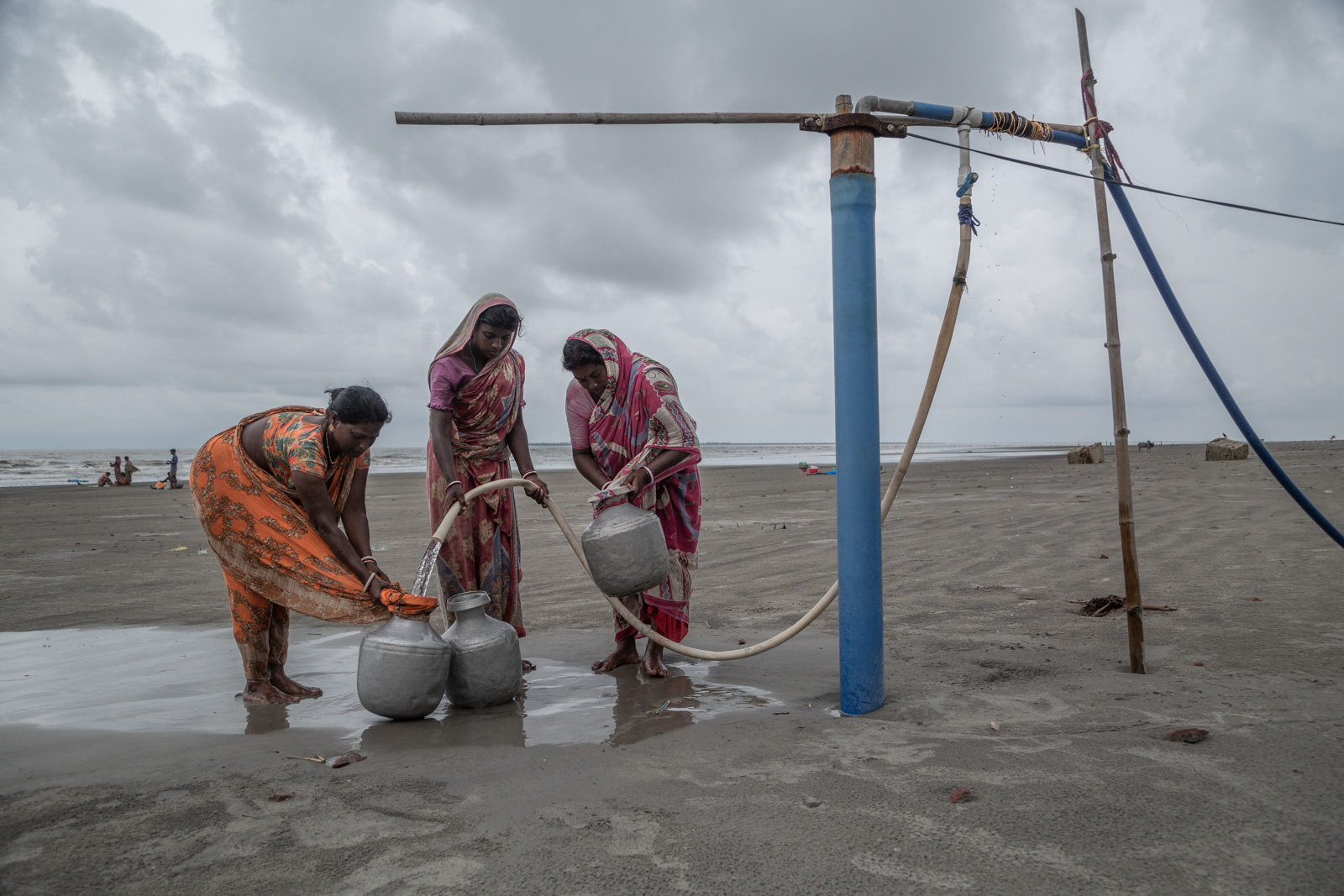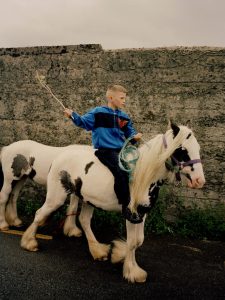
How has the Indian photography scene changed since 2015
Since 2015, the Indian photography scene has undergone significant transformations, driven by visual storytelling, technological advancements, democratisation of access, and an eagerness among photographers to bring untold stories to light. The rise of social media platforms has provided photographers with more opportunities to share their work and connect with audiences.
Artists are now using photography as a tool to tell powerful stories, spark social movements, and bring attention to important issues. Sinking Sundarbans by Supratim Bhattacharjee aims to raise awareness of Climate Refugees and the impact of mangrove cutting; Subhajit Naskar’s In The Forest of Lie addresses the issue of the increasing number of wildlife deaths and the decreasing number of greens in urban areas. The democratisation of photography has also led to a diverse range of perspectives and styles within the Indian photography scene, while technology has also played a crucial role in shaping how photographers capture and present their work.
How do you balance the inclusion of local – and Indian – photographers with the need for the programme to have a global scope
Finding the right balance between showcasing local photographers and maintaining a global scope is crucial. While it is important to highlight the works of homegrown photographers to provide a local context and celebrate their talent, it is equally essential to recognize that many issues faced today have a global resonance. By incorporating the works of international photographers, the festival can bring diverse perspectives and stories from across the world. SAPILAND by Australian photographer Johannes Reinhart draws attention to the human footprint and highlights the paradoxical relationship modern humans have with nature, for example. This not only adds depth and variety to the program but also allows attendees to gain a broader understanding of different cultures, experiences, and global issues.
This creates a dynamic platform that showcases artistic excellence while fostering cultural exchange. Moreover, featuring global photographers alongside local talent can inspire aspiring photographers in India by exposing them to different styles, techniques, and creative approaches. This exposure can help them expand their horizons and push boundaries in their work. This approach allows us to showcase diverse narratives, encourage dialogue on universal themes, and promote a deeper appreciation for photography as a powerful medium of storytelling. Ultimately, striking a balance between local and global perspectives at the Indian Photo Festival ensures that it remains relevant on both regional and international levels. It creates an inclusive space where diverse voices are heard, stories are shared, and connections are made across borders.
Can you talk a little bit about D Ravinder Reddy’s exhibition – why is it important to show documentary work in a photographic art festival?
Ravinder Reddy has garnered considerable attention and acclaim. His work, deeply ingrained in the sociopolitical realities of our time, offers a compelling narrative that resonates with today’s climate. His photographs capture the essence of society: his images of the Maoist movement, also known as PWG, illuminate the harsh realities propelling this communist struggle, providing a rare look into life within PWG camps, as well as the impoverished villages that support their armed uprising.
The work serves as an inspiration, a mirror held up to society, inviting viewers to engage in dialogue and reflection. The exhibition is a call to action, a prompt for viewers to question societal norms and seek out diverse perspectives. His work acts as a catalyst for change, fostering understanding and empathy in our increasingly complex world.




